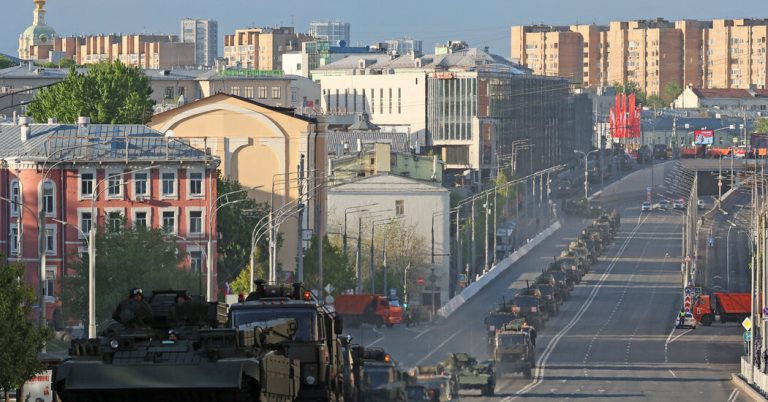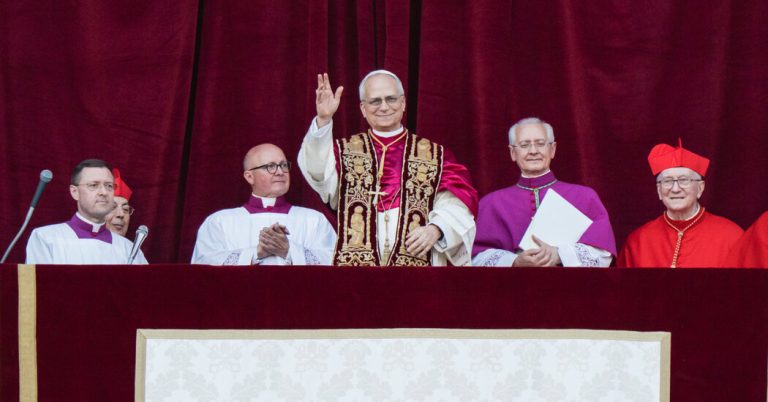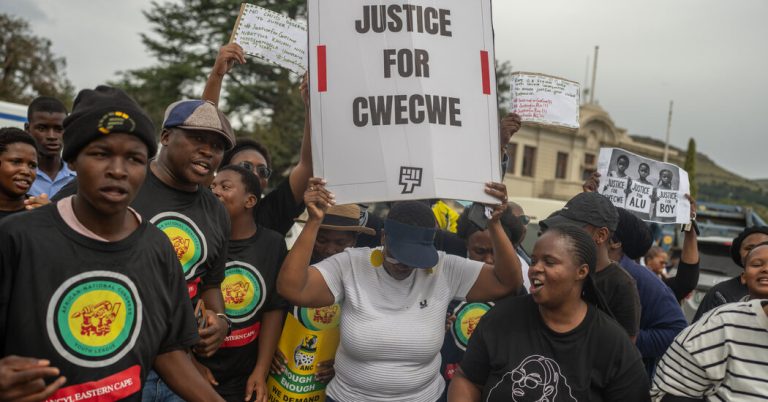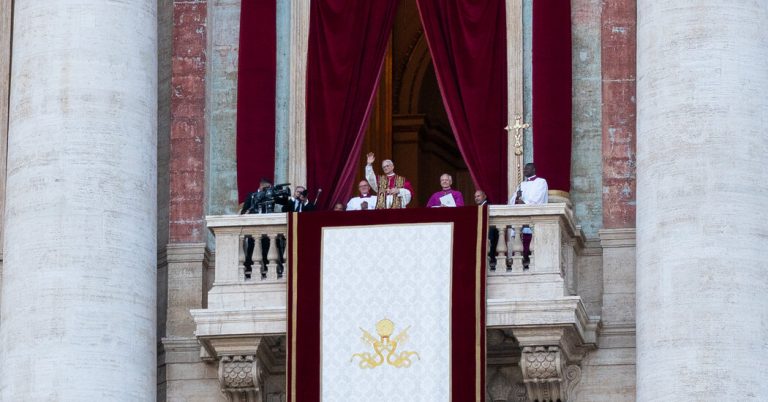Late last month, when two federal grants to the Whitney Plantation in Louisiana were rescinded, the Trump administration seemed to be following through on its promise to root out what President Trump called “improper ideology” in cultural institutions focused on Black history.
After all, the plantation’s mission was to show visitors what life was truly like for the enslaved, contrary to the watered-down Black history that the president seemed to back.
Then just as quickly, the grants were restored a few weeks later, the Whitney Plantation’s executive director said in an interview.
Because the money had already been approved, “maybe it was an exposure for lawsuits,” the executive director, Ashley Rogers, said, “but who knows?”
Ever since Mr. Trump issued an executive order in March decrying cultural institutions that were trying to “rewrite our Nation’s history, replacing objective facts with a distorted narrative driven by ideology rather than truth,” sites like the Whitney Plantation have lived with such uncertainty. An order specifically targeting the Smithsonian Institution tasked Vice President JD Vance and other White House officials with “seeking to remove improper ideology from such properties.”
But reversals like the one in Louisiana and actions by the Smithsonian’s National Museum of African American History and Culture seem to indicate some misgivings about the president’s order. They also show that putting historical knowledge back into the bottle after decades of reckoning with the nation’s racist history will be more difficult than the administration believes.



















